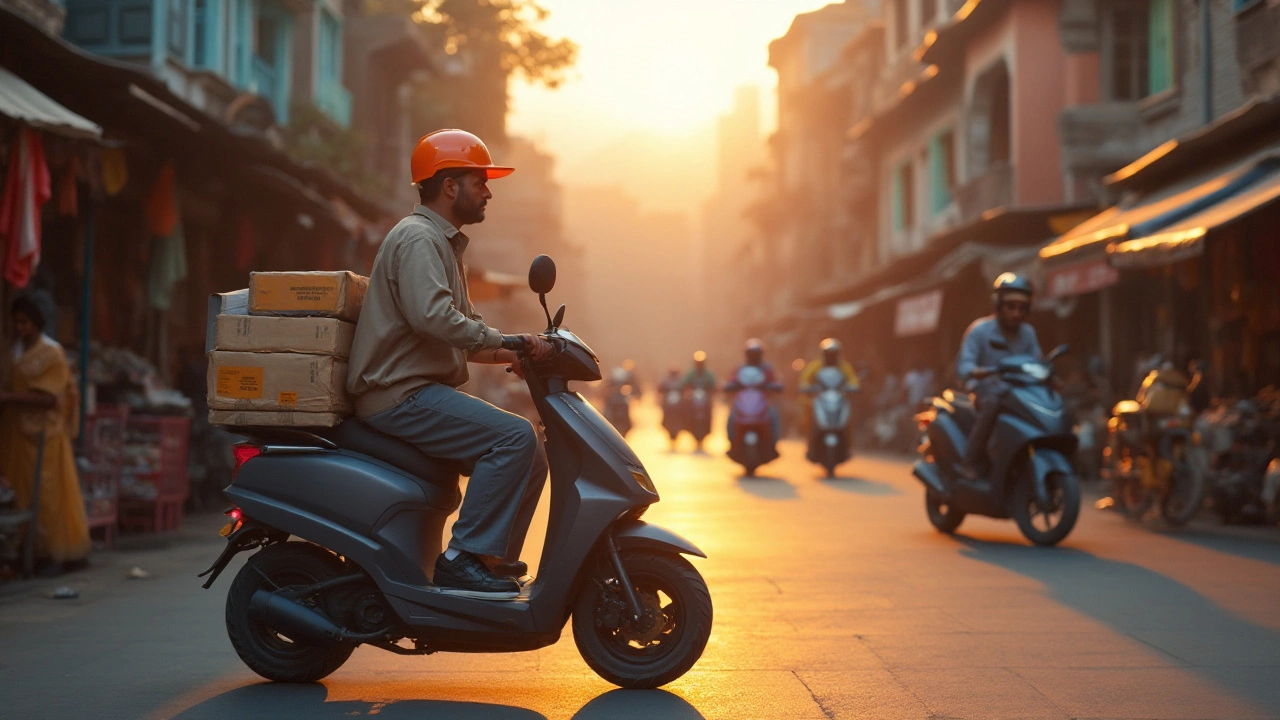Everything You Need to Know About Delivery – Simple Tips for Fast, Affordable Shipping
Ever wondered why some parcels arrive in a day while others drag on for weeks? The answer lies in a few basic facts about delivery: the type of service, the distance, the size of the package, and how the courier calculates its price. Knowing these details lets you pick the right option without overpaying.
How Delivery Pricing Really Works
Most couriers break down their rates into three parts: base charge, weight/size surcharge, and distance fee. The base charge covers handling and paperwork. Then they add a fee for each kilogram or for oversized boxes, because heavier items cost more to move. Finally, the distance fee reflects fuel, tolls, and the time it takes to travel from point A to point B. Some companies also apply a “fuel surcharge” that changes with market prices, so the final quote can shift slightly from the estimate.
If you want to keep costs low, try these tricks:
- Pack tightly – remove empty space so the package stays small.
- Weigh the item at home before booking; many couriers charge per gram.
- Combine orders – sending several items in one box can be cheaper than multiple shipments.
- Choose a slower service when time isn’t critical; standard delivery is often half the price of express.
Fast Delivery Options Without Breaking the Bank
When you need a package yesterday, look for services that specialize in “same day” or “overnight” shipping. In India, major players like DHL, FedEx, and local couriers offer guaranteed next‑day delivery for most metros, including Chennai. The key is to book before the courier’s cut‑off time – usually late morning or early afternoon. Missing that window pushes your shipment to the next day and adds extra fees.
For cheap yet speedy delivery, consider “regional hub” services. These use a network of local depots that consolidate packages and dispatch them in bulk. Because the route is optimized for a group of shipments, the price stays low while the delivery time stays fast.
Another tip: use a marketplace’s built‑in shipping calculator. Sites like Amazon or eBay show real‑time rates based on your package details, letting you compare options side by side.
Whatever you choose, always track the parcel. Most couriers now offer real‑time tracking via SMS or apps, so you can see exactly where your bike, box, or document is at any moment.
In short, delivery isn’t a mystery. By understanding how pricing is built, packing smart, and watching cut‑off times, you can get your items where they need to go quickly and affordably. Need a bike moved across Chennai? Our team at Bike Transport Chennai Services follows the same rules – we pick the right truck size, lock in the best rate, and deliver straight to your doorstep, hassle‑free.

